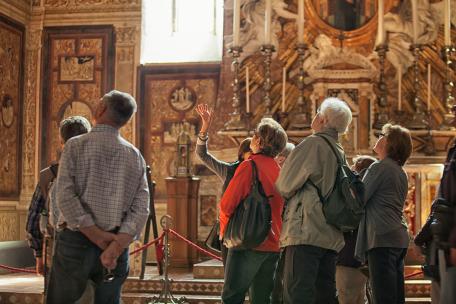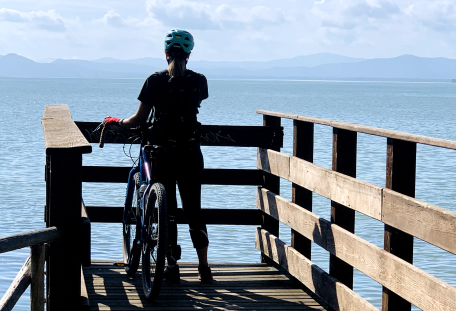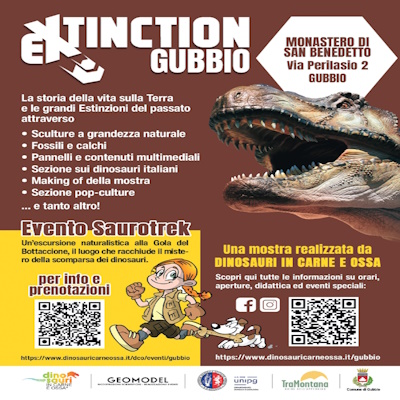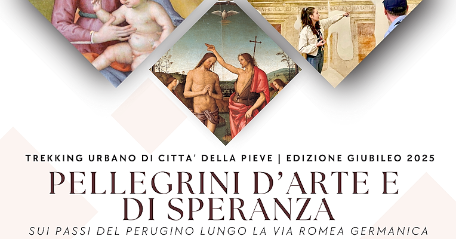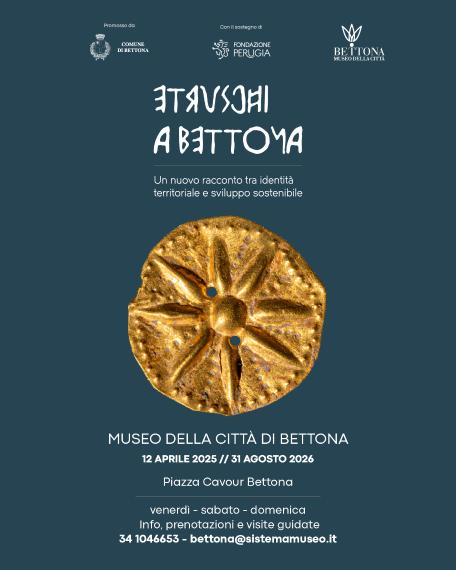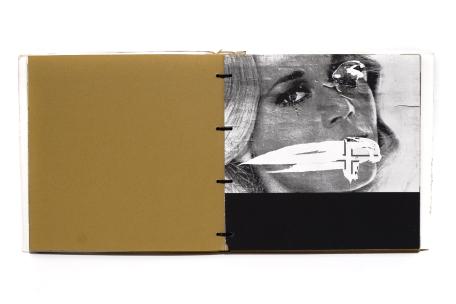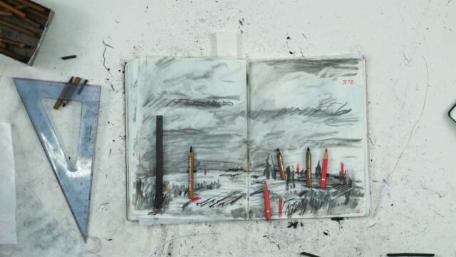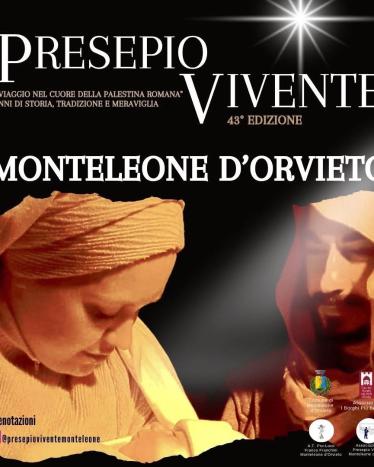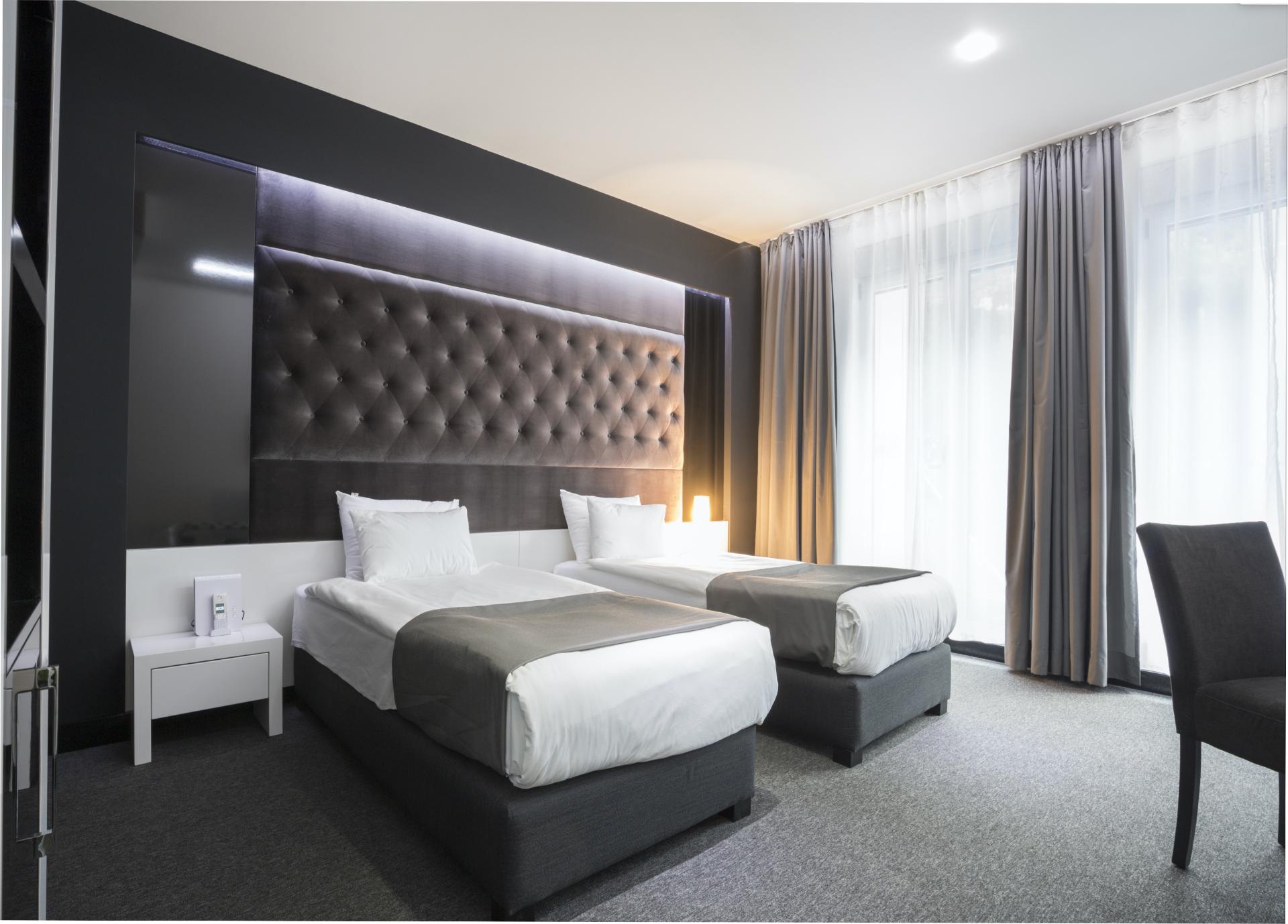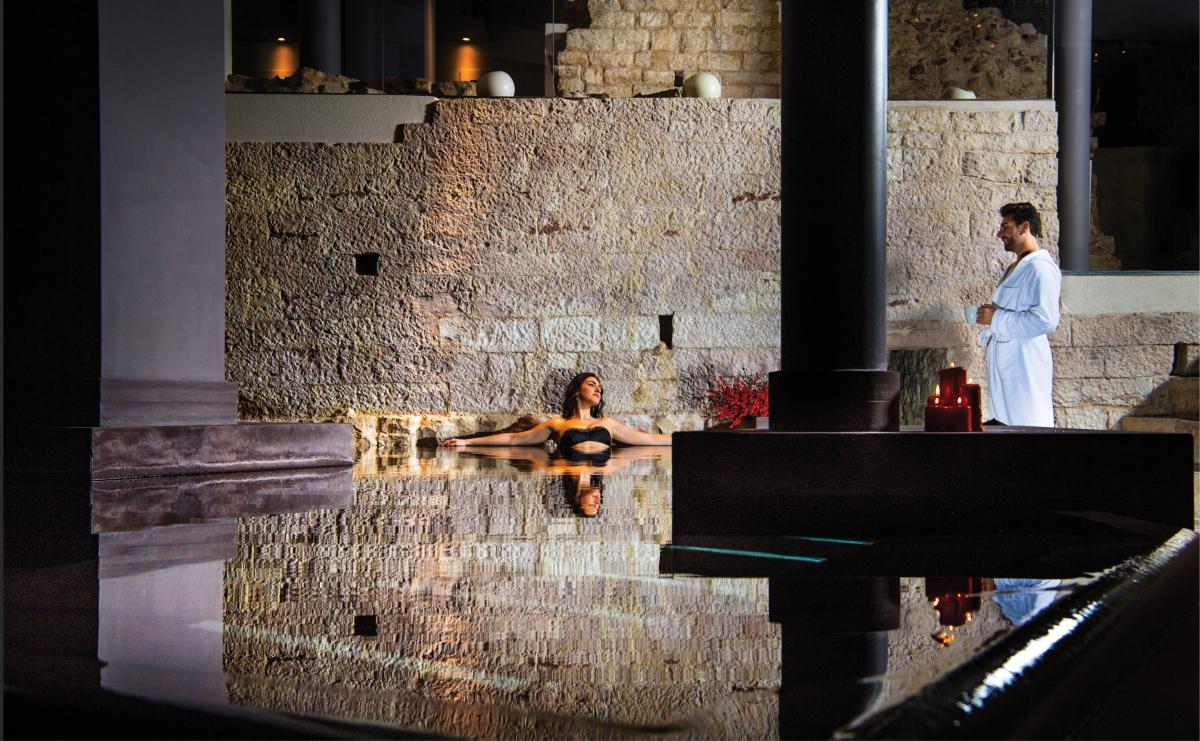A picturesque medieval village, Monteleone di Orvieto offers breathtaking views over the unspoilt nature surrounding the Val di Chiana, extending across parts of Umbria, Tuscany, and Lazio. It is an invitation to rediscover the art of good living, through the charming glimpses of its historic centre, the artistic and architectural heritage of its ancient history, traditional craftsmanship, and authentic flavours.
Like a lion lying on the hill
There are two theories regarding the origins of its name: the first links it to the strategic position of its castle, which, like a lion lying down, dominates the valley below; the second refers to a passage by Pope Leo IX through these lands.
From the Etruscans to the Middle Ages
Monteleone boasts very ancient origins. Archaeological findings suggest that an Etruscan settlement existed here between the 3rd and 2nd centuries BC, connected to the lucumony of Chiusi. In medieval times, its strategic location between Umbria and Tuscany led Orvieto to build a castle here in 1052, of which today only the imposing walls and the North Gate remain. In the 14th century, the village became a production centre for the Cathedral of Orvieto, with kilns and other workshops for mosaics and glass. It was during this time that the ancient Statute of the Village was established, regulating the life of the small community.
History and intrigues
Monteleone was long contested: it passed from Orvieto to the Visconti of Turenna, the counts of Montemarte and Marsciano, until it was conquered by Pope Alexander VI and given to his son, Cesare Borgia, the Valentino. In 1643, during the Papal Wars, the castle was looted by Florentine troops, losing part of its fortifications. Today, the village retains its medieval charm, with its Teatro dei Rustici, colourful squares, and picturesque alleys.
In 1738, the remains of Saint Theodore the Martyr were transferred to the main church, and the cult of this saint, who is still the patron of the village, began to flourish. During the same period, theatrical performances organised by the youth of the village began, which laid the foundations for what would become the “Teatro dei Rustici”. After the unification of Italy, the village separated from the Papal States and became a municipality.
What to see
Where the gaze sweeps across three regions, and the Middle Ages linger around every corner...
From the original castle, you can admire the entrance gate (North Gate), at the base of the Torre Mozza (truncated tower), the splendid fortified tower with its defensive walls, the South Gate, the Teatro Comunale dei Rustici – a small architectural gem built in 1732 in the former public granary – along with the colourful squares, characteristic alleys, and the medieval well, all located within the old town walls.
Be sure to also visit the Civic Tower (1890), the Church of the Holy Crucifix (1637) with its beautiful Baroque altar, and the Church of the Holy Apostles Peter and Paul, which houses a painting of the Madonna with Child and Saints Peter and Paul, surmounted by a Pietà attributed to the school of Perugino, and the relics of Saint Theodore the Martyr in the crypt. On Piazza Pietro Bilancini, you’ll see the Clock Tower, built at the end of the 19th century according to the design of architect Filidio Lemmi with materials produced in the local kilns, which, as mentioned, have a long tradition of producing bricks, mosaics, and glass, which were also used in the construction of the Cathedral of Orvieto.
From the terraces and scenic viewpoints, you can enjoy breathtaking panoramas reminiscent of the magnificent landscapes painted by Perugino.
Nature and outdoor activities
Woods, streams, lush vineyards, and olive groves with silver leaves: Monteleone is nestled in lush, enchanted nature.
Its territory is part of the Territorial System of Natural Interest of Mount Peglia and the Selva di Meana (S.T.I. NA.). For lovers of walking and outdoor activities, the small Umbrian village offers the opportunity to choose from a variety of trails of different lengths and difficulty, which can be explored on foot, by mountain bike, on horseback, or by quad.
Food lovers will be delighted by organic wines, local olive oils, cured meats, cheeses, and Umbrian delicacies such as saffron and truffles.










